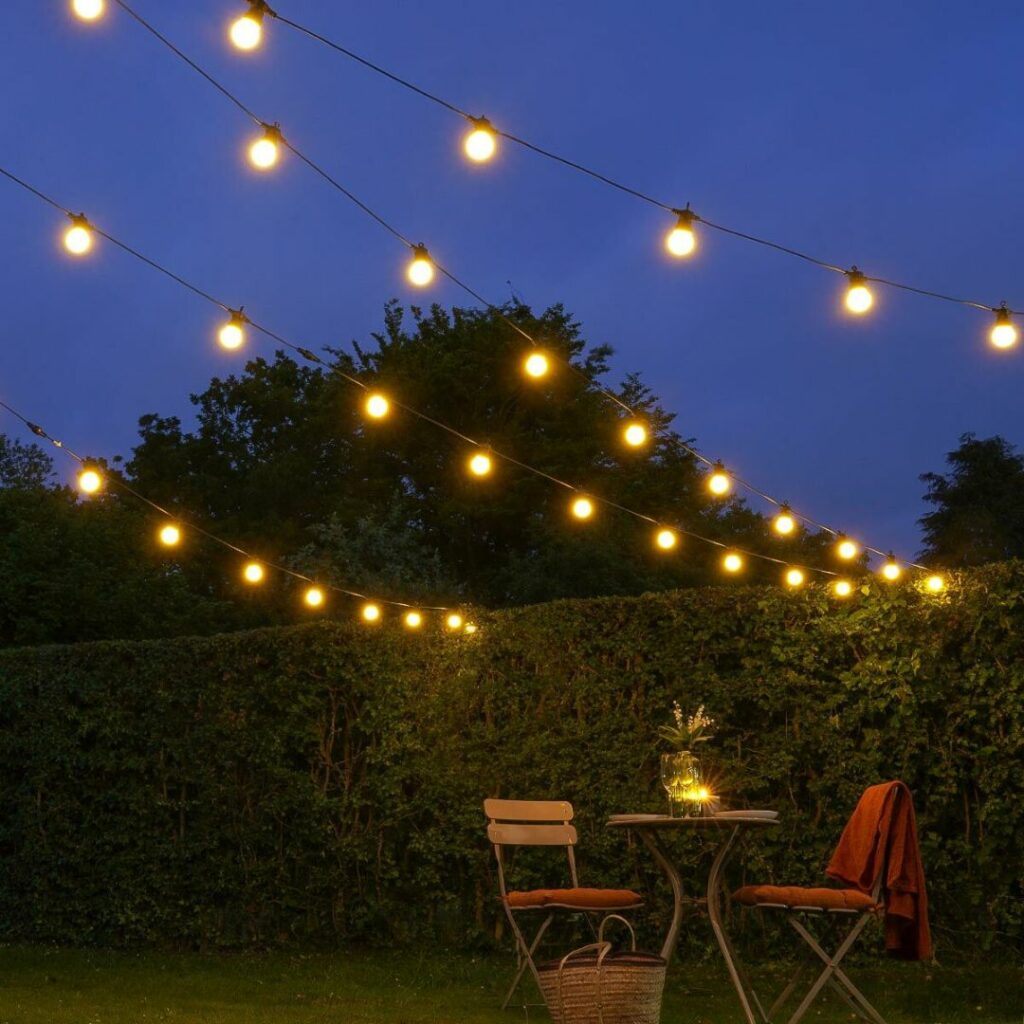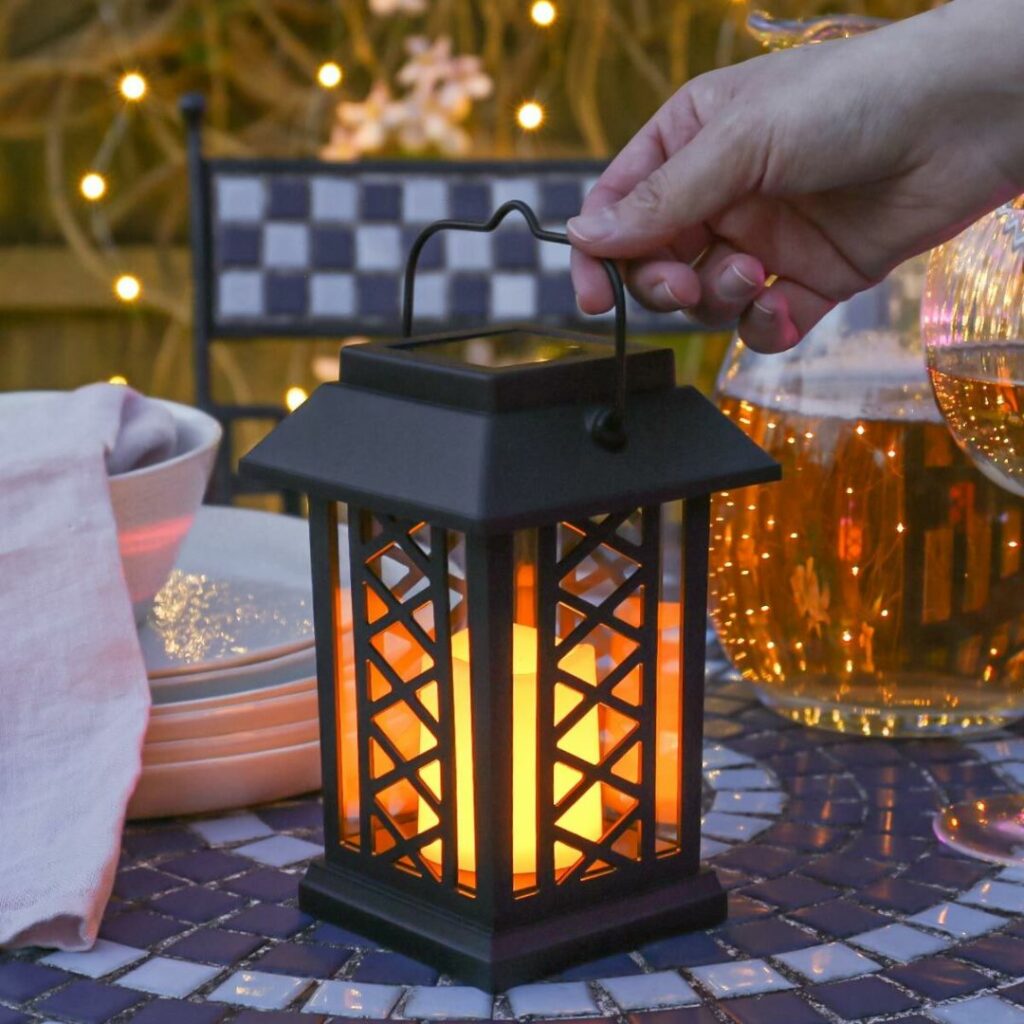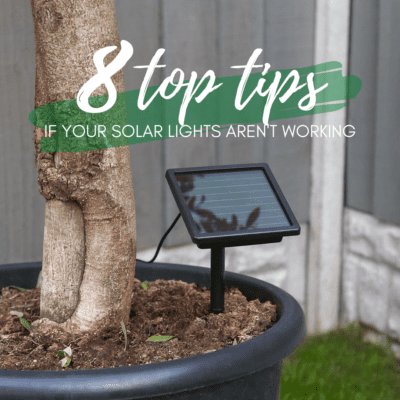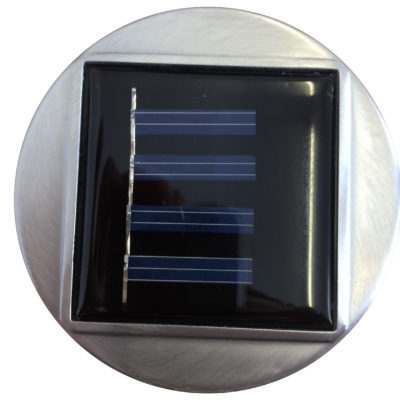Stylish, ambient garden lighting that doesn’t make even a slight dint in your electricity bill? Be gone mains power supply and the constant hassle of replacing batteries, say hello to our solar lights!
Our LED solar lights are one of our favourite ways to make those long summer nights in your garden, bright and beautiful!
There are sooo many questions surrounding solar lights, so we thought to answer all of them in one place, to help recharge your knowledge!
How long do solar lights usually last?

On average, standard solar lights last for around 2 years, as the batteries can only be charged so many times. But that doesn’t necessarily mean you need to dispose of the entire solar light. We stock a range of replacement solar batteries, so make sure to check out the range and find the batteries you need, to bring your solar light back to life.
Do solar lights work in winter?

The question of whether your solar lights will work in winter will always boil down to the amount of light exposure during the day. This is why, predominantly, solar lights are more efficient in the summer as we have more hours of direct sunlight compared to the winter months.
Especially here in the UK, we know that sunny days are nothing short of a miracle in the colder months!
But, technically, if there is enough sunlight during the day, your solar lights will work in winter.
We do recommend charging your solar lights in direct sunlight for 36-48 hours before turning them on. This can be a little difficult in winter, but it will allow your lights to glow just like you imagined them.
Do you want your solar lights to work all year round?

If you do wish to have solar lights on all year round, our ConnectGo range allows you to switch and change between power supplies.
With these lights, you can have them powered by solar throughout the sunnier months, and then you can change to battery or mains power when the days are much darker!
Using mains power supply, you can run from 600 LEDs all the way up to 4,000 LEDs, depending on what size transformer you use.
Or…
If you don’t have access to a mains power supply, don’t worry! We also have battery pack options that are here to help your garden stay bright and cosy.
Artificial light, shade, and direct sunlight

Solar lights may be smart, but sometimes they need a little helping hand. If your lights are placed too close to another form of outdoor lighting, they can sometimes believe that it is still daytime. As a result of this, the lights will not come on.
Another commonly asked question is: will solar lights charge using artificial light? Even though the answer is technically yes, the solar panel won’t absorb very much energy from a lamp, compared to the direct sunlight. Sun is always best! The light will not be able to get an efficient amount of power, which will make it much dimmer and the light time will be reduced.
Ideally, these lights should be installed so that they receive direct sunlight throughout the day. You want to avoid any other obstacles that could limit or block the sun’s rays from getting to your solar panel.
Things like trees, bushes, and even glass, can limit the amount of charge your solar light will receive.
Are your solar lights not working?

Our first method of troubleshooting solar lights is to check if they have had enough charge. We do recommend charging your solar lights in direct sunlight for 36-48 hours before turning them on. This can be a little difficult in winter, but it will allow your lights to glow just like you imagined they would.
Some solar lights may have some residual charge when they arrive, although the battery is unlikely to be full. Make sure you position them so that they can receive direct sunlight for as long as possible.
There is also a possibility that something could be obstructing the sun’s rays reaching the solar panel. It could even be something as small as the clear protective film over the solar panel, as this can prevent the energy being efficiently absorbed.
Simply giving the solar panel a quick wipe clean can help boost its performance. Over time, dust and bits of dirt can form a little layer over the panel, which will block out the sun and negatively impact its charging capabilities.
Check out our solar light trouble shooting page for more info.
We hope this has recharged your solar light knowledge, and given you some food for thought when choosing your solar lights. Don’t forget to share your stunning garden images on Twitter or tag us on Instagram, making sure to use our hashtag #ShareTheJoy – and we’ll share our favourites!
For more lighting inspiration, and other DIYs, find us over on Pinterest!



